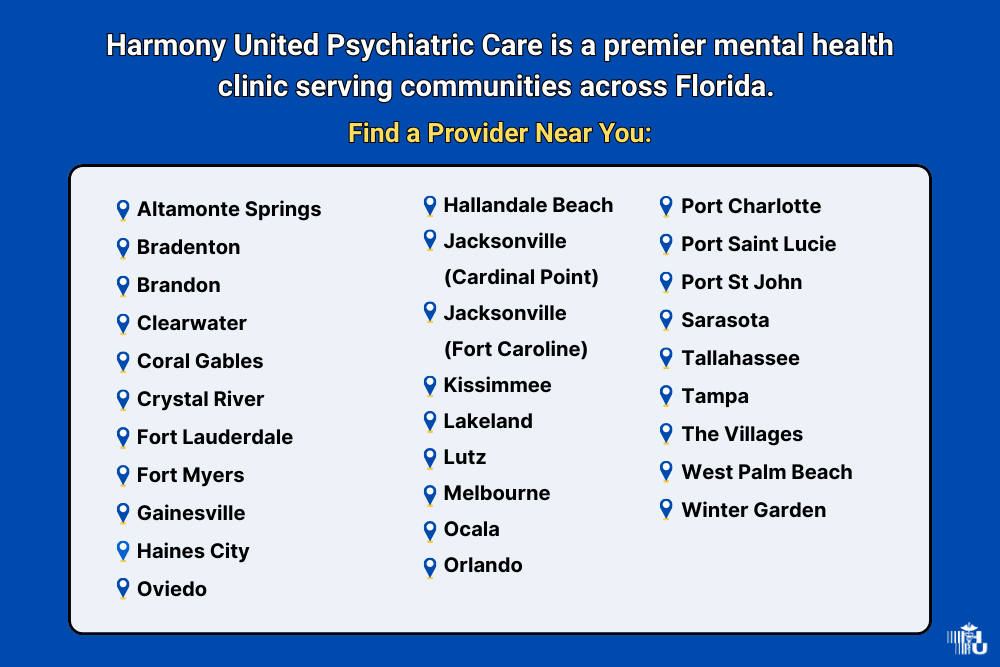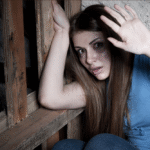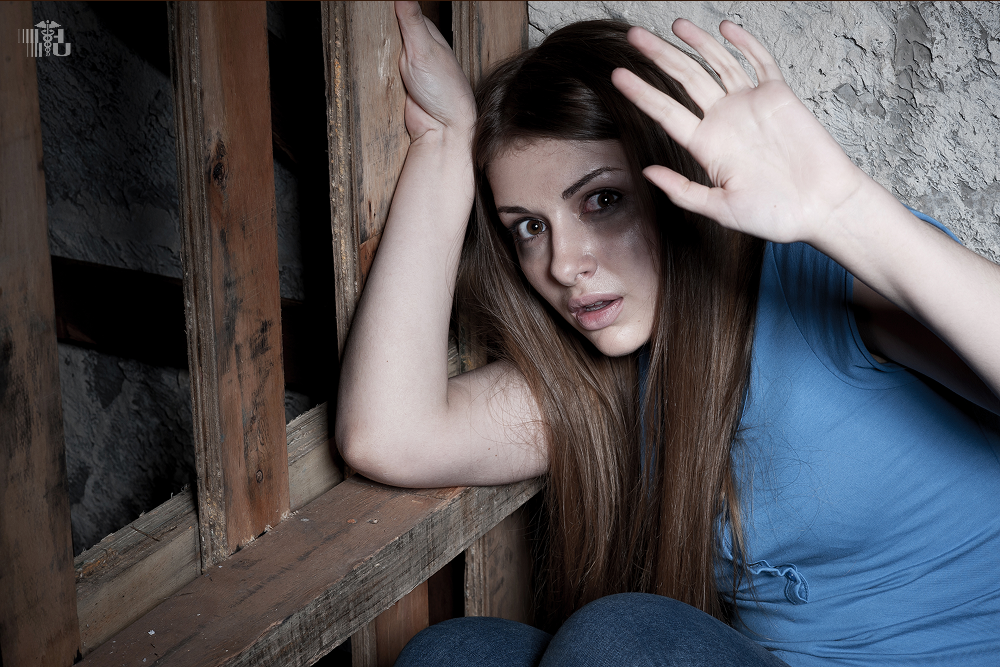In conversations about high-crime neighborhoods, attention is often fixed on data figures that track thefts, assaults, or homicides. Yet beyond these statistics lies another toll, one that cannot be measured on a chart: the heavy psychological weight carried by those forced to live in constant fear. For them, crime is not an occasional headline; it lingers in their bodies, thoughts, and daily behaviors long after the danger has passed.
Consider Teresa Story. Before bed, she moves through a careful ritual: checking the locks again and again, scanning the darkness outside her window, and leaving the porch light on deep into the night. To strangers, it might seem excessive, even obsessive. But for her, it is survival. Years of attempted break-ins, a street-side mugging, and endless nights punctuated by sirens have trained her to stay alert. By the time she reached forty, she was carrying far more than household groceries; she bore the unshakable weight of anxiety, Trauma, and exhaustion.
Teresa’s story reflects a larger truth. For countless individuals, living in dangerous neighborhoods changes more than just one’s surroundings; it alters the internal landscape of the mind. Persistent fear reshapes the nervous system, disrupts hormone balance, and transforms the way people perceive everyday life. Over time, these invisible wounds carve out long-term Mental Health Conditions far deeper than most outsiders ever realize.
Anxiety That Never Sleeps
For many, the first ripple effect of life in unsafe neighborhoods is anxiety. It begins subtly scanning sidewalks, listening closely to footsteps behind you, but quickly grows into a constant hum of dread.
Imagine waiting for the bus while your thoughts spiral toward what might happen if someone approaches. Imagine hearing fireworks and instinctively diving for cover because to your body, they sound like bullets. If your nervous system is trained to anticipate danger every day, this “fight-or-flight” reaction doesn’t shut off; instead, it shifts into overdrive.
The result is chronic anxiety:
- Rapid, racing thoughts at all hours
- Sudden panic triggered by noises or movements
- Restless nights where sleep feels unsafe
Psychiatrists describe this condition as living in a state of hyperarousal, where the brain remains constantly alert. What is meant to be a temporary survival instinct becomes the baseline of daily life. In high-crime areas, anxiety is not an exception it is often the rule.

Depression – When Fear Turns to Hopelessness
At first, tension keeps people alert. But as the years stack up, that same tension erodes hope. Fear gradually transforms into depression, like a flame burning down to ash.
People in these environments face relentless obstacles: limited safe recreational spaces, scarce job opportunities, and ongoing reminders of violence. It becomes difficult to believe in brighter futures or even feel motivated for everyday responsibilities.
Depression emerges as:
- Depleted energy and overwhelming fatigue
- Loss of interest or motivation in work and school
- Withdrawal from neighbors and loved ones
- In severe cases, spiraling into thoughts of self-harm
What makes this depression particularly devastating is how it thrives in silence. Without mental health resources nearby, many endure invisible battles alone, behind closed curtains and triple-locked doors.
Trauma That Stays in the Body
While anxiety and depression are pressing, the deepest wound is often trauma. In high-crime communities, trauma rarely appears as one single moment it accumulates. A child hiding beneath their bed while chaos erupts outside, a teenager losing a friend to violence, an adult startled by a confrontation on their way home all these experiences leave emotional imprints.
Over time, repeated exposure produces symptoms comparable to post-traumatic stress disorder (PTSD):
- Nightmares steeped in past events
- Flashbacks triggered by sounds or sudden movements
- Numbness as a form of emotional self-protection
- Hyper-sensitivity to loud noises or sudden changes in the environment
For children, especially, this rewiring shapes lifelong development. Areas of the brain tied to learning, attention, and emotional regulation are altered by chronic stress. Without intervention, those early injuries often expand into adulthood, passing trauma knowingly or unknowingly onto the next generation.
Behavioral Health – Coping in Fragile Ways
The human mind doesn’t suffer in silence forever it finds ways to cope. Unfortunately, coping in high-crime communities often emerges through destructive patterns in behavioral health.
Some escape into alcohol or drugs, numbing terror night after night. Others lash out with aggression, channeling their fear into anger. Many withdraw into isolation, avoiding all human contact. From the outside, these choices may appear reckless or irresponsible. In reality, they are survival strategies, attempts, however fragile, to find relief in environments where danger feels constant and support feels scarce.
Yet resources remain limited. Behavioral health clinics, where they exist, often struggle to serve large populations. Stigma against therapy, combined with poverty, transportation barriers, and a shortage of mental health professionals in vulnerable areas, keeps many people from ever reaching care.
Psychiatry and Mental Therapy as Pathways to Healing
Breaking free from the grip of fear requires more than endurance it requires treatment. Psychiatry and mental therapy together provide the strongest lifeline.
Psychiatrists help untangle the tangled web of symptoms by identifying conditions like PTSD, panic disorder, or major depression. Through Medication Management, they can stabilize individuals overwhelmed by relentless hyperarousal. Antidepressants might soften the weight of despair, while anti-anxiety medications or sleep aids can help restore rest to long-deprived bodies.
At the same time, mental therapy addresses what medication alone cannot. Therapy gives people a safe space to process their fear and grief. Modalities like cognitive-behavioral therapy (CBT) help individuals reframe distorted thinking patterns shaped by trauma. Trauma-focused therapies gently reprocess painful memories so they lose their grip over the present. And in group settings, therapy does something even deeper: it restores trust and connection, reminding residents they are not alone in their suffering.
Together, psychiatry and therapy create a holistic path forward where medication calms the storm and therapy teaches new ways to rebuild life after it.
Breaking the Cycle Beyond the Individual
While treatment heals individuals, societal change is needed to heal communities. For neighborhoods like Teresa’s, improvement requires not just doctors and therapists, but investment in safety and opportunity.
Children with safe playgrounds, parents with healthcare access, and neighbors who can gather without fear of violence all of these factors reduce the prevalence of mental illness. Community-based behavioral health centers, mobile clinics, and telepsychiatry expand access where traditional options are impossible. By embedding mental healthcare directly into at-risk neighborhoods, the cycle of untreated fear can finally begin to loosen.
Medication Management and the Gift of Stability
Consistency is critical in treating long-term psychological harm. Skipping treatment even briefly can result in retraumatization or relapse. This is why medication management becomes a cornerstone of care.
Providers don’t simply hand out prescriptions; they monitor patients closely, adjust dosages, track side effects, and balance treatment plans with therapy and lifestyle changes. Stability comes not from any single pill, but from structured, ongoing guidance.
For Teresa, the difference was profound. After years of restless nights and watching her world shrink smaller and smaller, finally receiving consistent care gave her new ground under her feet. Medication steadied her mind enough for therapy, therapy helped her rebuild confidence, and slowly she returned to community events, family gatherings, and even part-time work. Stability, something once unimaginable, became her new norm.
Toward Healing and Safety
Living in fear is not just a hardship, it is a long-term health crisis. Yet anxiety, depression, and trauma are not permanent sentences. With the support of psychiatry, therapy, behavioral health programs, and careful medication management, individuals can rediscover peace and reclaim their futures.
But true healing requires more than individual treatment. It requires systems that acknowledge the hidden toll of unsafe environments and invest in safety, resources, and compassion.
After all, when neighbors are free to rest, connect, and thrive without the shadow of fear, the recovery is greater than the sum of the individual. Whole communities heal. And with that, generations unburdened by fear can finally grow into futures marked not by survival but by possibility.
Harmony United Psychiatric Care, with locations across Florida, is a leading mental health clinic that provides trusted psychiatric care tailored to your specific needs. To get personalized and secure solutions for your mental health conditions, like stress, anxiety, depression, bipolar disorders, ptsd, ocd, and eating disorders. We understand your psychological problems, which is why we provide telepsychiatry services to ensure your privacy and security.
For more information about mental health conditions, visit our Mental Health Library page. To understand and cope with your major depressive disorder symptoms, get help from our top psychiatrists, psychologists, and therapists, who are known for providing the best Psychological health treatment and psychiatry services. To book an appointment, please call us at (800) 457-4573 or submit an appointment request.
FAQs
-
How does living in a high-crime area affect mental health?
Residing in neighborhoods with elevated crime rates significantly raises the likelihood of experiencing depression, anxiety, psychological distress, and post-traumatic stress disorder (PTSD), even among those who have not been directly victimized but live under the constant shadow of fear and ongoing stress
-
What mental health disorders are most common among residents of high-crime neighborhoods?
The most commonly identified mental health conditions linked to high-crime living environments include persistent anxiety, depression, and post-traumatic stress disorder (PTSD). Additionally, research points to an elevated risk of psychotic disorders and other trauma-related symptoms affecting both children and adults in these settings.
-
Can children in these environments face long-term psychological effects?
Prolonged exposure to violence and the stress it generates can significantly impair a child’s brain development, hinder academic performance, and disrupt emotional regulation, often resulting in persistent emotional and behavioral challenges throughout their lives.
-
Why does fear of crime impact people even if they are never personally victimized?
Fear alone induces a persistent state of heightened vigilance, often called “hyperarousal,” which weakens social connections, promotes isolation, limits outdoor activities that support physical health, and activates stress responses in the body. These impacts occur even when the actual crime rates in the area are accounted for.
-
What are common coping responses people have when living with the threat of crime?
Typical ways people cope behaviorally with chronic stress from violence include turning to substance use, expressing aggression, withdrawing socially, remaining constantly alert, and avoiding public places. Unfortunately, these strategies often exacerbate mental health challenges and further diminish overall well-being.
-
How does depression manifest in these environments?
Individuals often experience ongoing exhaustion, a loss of interest in everyday activities, detachment from social and community life, and in more severe cases, may develop thoughts of self-harm. These symptoms are frequently intensified by feelings of despair and a shortage of accessible community support.
-
What trauma-related symptoms might emerge from long-term exposure?
Many residents experience frequent nightmares, vivid flashbacks, emotional detachment, and an exaggerated startle reflex to sudden stimuli like loud sounds. Over time, these trauma responses can become persistent and profoundly impair daily functioning.
-
What barriers prevent people in high-crime areas from getting help?
Major obstacles include economic hardship, scarcity of nearby mental health services, cultural stigma surrounding mental illness, and limited access to reliable transportation or insurance coverage. These challenges often result in many individuals enduring their struggles quietly without seeking help.
Reference Links:
https://pmc.ncbi.nlm.nih.gov/articles/PMC6394830/
https://www.sciencedirect.com/science/article/abs/pii/S027795362100438X
https://cresh.org.uk/2021/07/19/crime-and-violence-in-the-neighbourhood-affects-our-mental-health/
https://odphp.health.gov/healthypeople/priority-areas/social-determinants-health/literature-summaries/crime-and-violence



Leave a Reply